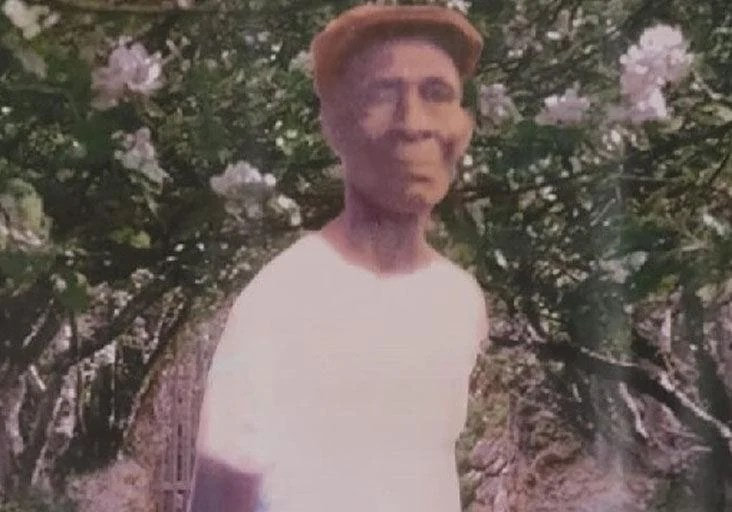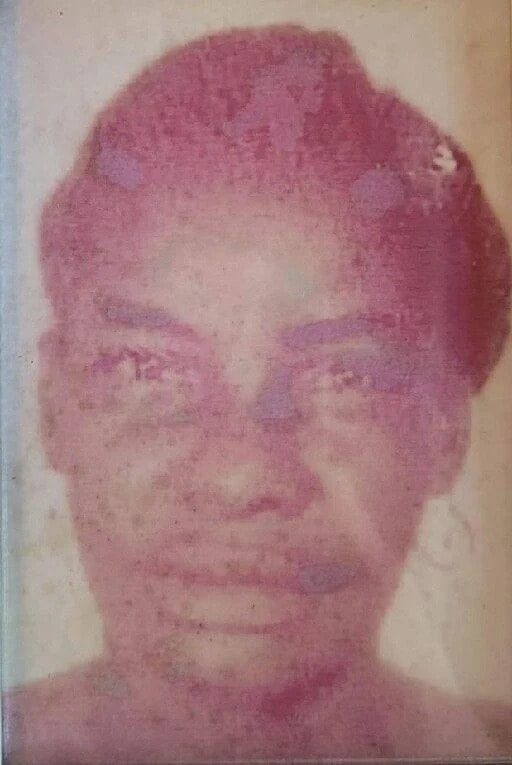|
Another moving story by Richard Charan - Trinidad Express By Richard Charan Oct.11, 2023 Three men live under the Endeavour overpass along the highway in Chaguanas.
One appears to be a once-hopeful migrant, now a member of Trinidad’s growing underclass. The second, a dangerous-looking Indian fellow, has wasted away the low-quality drugs he is surely smoking. The third, his body and clothing caked in an equal amount of grime, is an ethnic mystery. He is like a silhouette. child born at quarters: The gateman’s wife, Phyllis Augustine. In a dry space under the bridge, they have their shopping carts, buckets, sponge beds and fireside. Anybody with work and business north of the Caroni would likely have seen these men. Because between 3 p.m. and nightfall, drivers are caught up in south-bound traffic gridlock around this area, five days a week. Crawling along at between zero and one kilometre per hour, there isn’t much else to look at, except the Venezuelan migrants selling plantain chips, or the teenagers hawking Coca-Cola and cotton candy. The gatekeeper’s quarters at Endeavour, Chaguanas. Since no one has a solution to this highway torture, suffering drivers might be interested in knowing there is a piece of built history near the overpass, hiding in plain sight. We can look at that instead, while wasting away part of our short lives. The railway house. You will see it just before the AMCO compound, under the billboards advertising rum. It is a building from the time of the Trinidad Government Railway (TGR). It was once the home of Mr Kennedy Augustine, who was assigned the accommodation since he needed to stay close to the railway tracks and respond to the approaching locomotives. He held the position of gatekeeper, with the job of controlling the barrier across what was then the two-lane Princes Margaret Highway, to allow for the road crossing of the passenger trains coming from the north and east. Back then, drivers could only reach the dead-end Chaguanas roundabout before turning into the Central Trinidad town, and then on to San Fernando along the Old Southern Main Road. That roundabout was replaced around 1966 with what we now see as the elevated Chaguanas overpass after Government invested in a 1.4-mile (2.3-kilometre) highway extension to Chase Village. Another 14 miles (22.5 kilometres) of highway was completed in the early ’70s by the same contractor—George Wimpey and Company. But before all that development, Augustine still held an important job, having earned a promotion from platelayer (laying down and maintaining the tracks) to gateman, with one of the perks being the three-room quarters, which was already old since the railway had extended through Chaguanas to Couva by 1882. The Endeavour location was likely the same one mentioned in VS Naipaul’s 2003 book Literary Occasions where he wrote, “Not far from my mother’s family house in Chaguanas was the railway crossing. Twice or four times a day an old one-armed negro closed and opened the gates. Did this man have a story? The man himself didn’t seem to think so. He lived in absolute harmony with the vacancies of his calling...”. It appears Augustine spent that downtime between gatekeeping calls in a rather fertile way. Born in Grenada in 1915, he left his wife and four children there in 1941 to look for work on the big island of Trinidad. He found jobs in the World War II construction boom before getting his break in the railway. And with a permanent position, he sent for his wife, Phillis, and his children. They would have five more in Endeavour, one of them being born, suddenly, in the railway quarters. Those were lean but happy days, said his youngest child, 69-year-old Audrey Farrell, who remembered the area being cultivated lands, with fields of orange and coconuts, breadfruit and bison, all of it surrounded by the sugarcane fields. “When the train passed, the engine driver would stop and pick us up right here where we lived, and daddy would go open the gate for the train to pass across (where the north-bound lanes of the Uriah Butler highway now pass). The last train to San Fernando rolled in August 1965, and Augustine’s job became redundant. He got a job in the Food and Drugs Division in Port of Spain, and the family supplemented their income by selling vegetables on the highway shoulder. All nine children grew up in the quarters, and several still occupy the property, with children and grandchildren. Phyllis died early, at age 57, but railway man Alexander lived on. He was 89 when he died 18 years ago, to be survived by his house, now occupied by two grandsons and a son. They intend to maintain the property until the passage of time takes its timber. And while you sit in the traffic, consider this. If you had taken a 1960s passenger train from Port of Spain to San Fernando today, you would be home by now. NOTE: At its peak, the Trinidad Government Railway laid down more than 118 miles (190 kilometres) of track, and reached Siparia, Sangre Grande, Rio Claro, Princes town, Port of Spain, Chaguanas, Tabaquite, Couva and San Fernando, with plans to take it all the way to Erin, Toco, and Guayaguayare, according to the research of railway historian Glen Beadon, who has written the authoritative book The Railways of Trinidad. The system closed for good on December 31, 1968, because it became unprofitable. It was killed by the emergence of port facilities, improved road conditions, and the greater use of buses, taxis,and the private cars now clogging every secondary and primary road.
0 Comments
Leave a Reply. |
T&T news blogThe intent of this blog is to bring some news from home and other fun items. If you enjoy what you read, please leave us a comment.. Archives
June 2025
Categories
All
|




 RSS Feed
RSS Feed